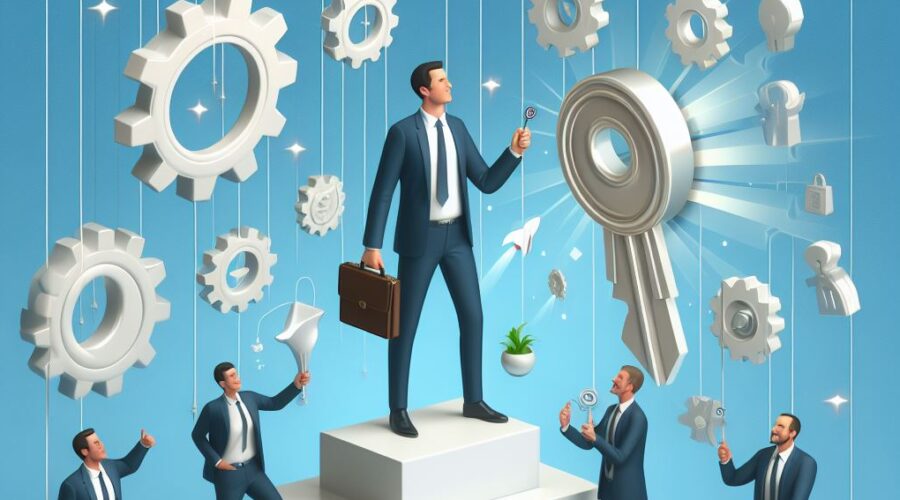A lot has already been written about the importance of employee satisfaction, and post-pandemic business leaders are all too aware of the challenges of balancing the personal versus business needs of their teams. So what does this look like now? What lessons have been learned? What does the future look like when it comes to motivating people within an organisation?
So what really matters to employees? While conducting over 5,000 candidate and client interviews for the annual Robertson Sumner annual salary survey, we investigated what drives employee motivation. So what really drives people? What non financial benefits can you put in place to help build a motivated workforce?
- Flexible Working Arrangements: Offering flexibility in work hours and location still resonates deeply with employees, enhancing work-life balance and bolstering morale.
- Recognition and Appreciation: Verbal acknowledgments and recognition programs serve as potent motivators, validating employees’ contributions and fostering a culture of appreciation.
- Professional Development Opportunities: Providing avenues for skill development and career advancement demonstrates a commitment to employee growth and cultivates loyalty.
- Team-Building Activities: Engaging in team-building exercises fosters camaraderie, strengthens bonds among colleagues, and promotes collaboration.
- Meaningful Experiences: Offering unique experiences, such as incentive travel or special events, creates lasting memories and reinforces a sense of belonging.
Despite attempts to innovate and be creative with employee benefits packages, people on the whole are driven by very basic principles. By incorporating these non-financial incentives into your team’s, it is possible to build a motivated workforce, drive performance, and achieve sustainable success in today’s competitive landscape.

